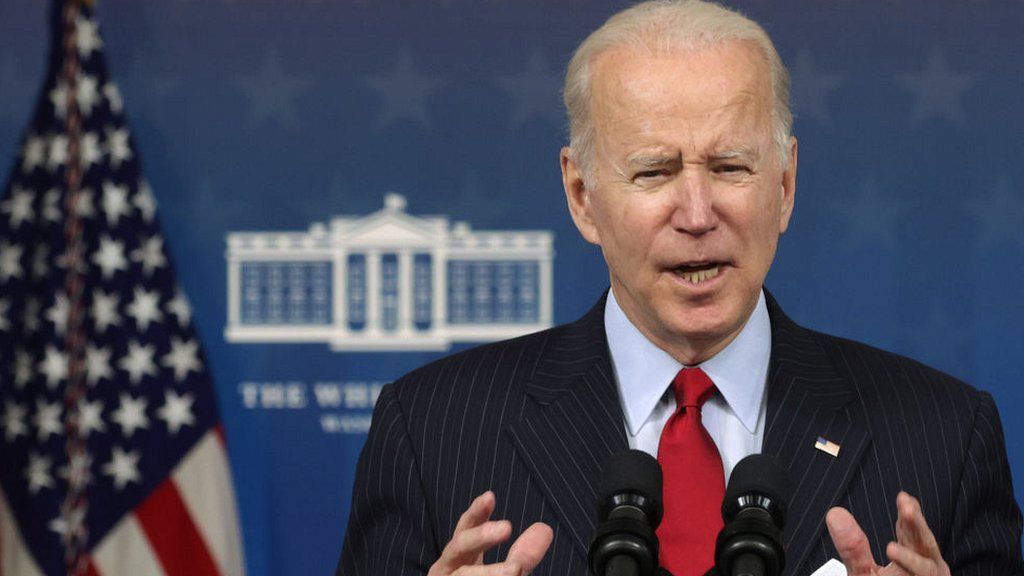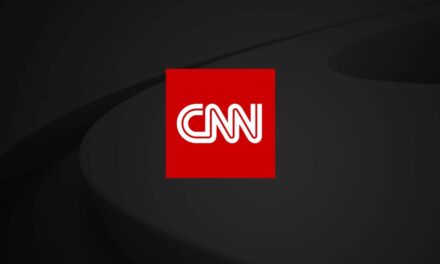
US midterm elections: What’s happened to economy under Biden?


By Reality Check team
BBC News
President Joe Biden and his Republican opponents have traded accusations over the handling of the US economy under his administration.
With inflation rising and stock markets on a downward trend for most of this year, Republicans have talked of “Joe Biden’s recession”.
Mr Biden has countered that there’s been good job growth and low unemployment, and says the economy is “as strong as hell”.
In the first three months of this year, the US economy shrank by 1.6%, and then by 0.6% in the second quarter (up to June).
However, the latest quarterly figures show positive growth. From July to September, US gross domestic product (GDP) – a standard measure of a country’s economic activity – grew at an estimated annual rate of 2.6%.
Over this same period, the German economy grew by 0.3%. France has recorded a 0.2% increase.
Image source, Getty Images
President Biden has focused efforts on road and bridge building projects to achieve growth
The impact of the Covid pandemic on economic growth during the Trump presidency was dramatic, with a sharp fall in 2020 as a result of the lockdowns, followed by an equally dramatic recovery once restrictions were lifted.
Taking the longer view, economic growth during Mr Biden’s first year in office (from January 2021) was greater than under both Presidents Trump and Obama.
Looking ahead, OECD forecasts into 2023 suggest the US lagging in terms of economic growth behind several other major economies such as China, Japan and France.
Mr Biden has repeatedly pointed to strong growth in jobs as a major achievement. In September, he said nearly 10 million new jobs had been created since taking office.
“That’s the fastest job growth at any point of any president in all of American history,” he added.
Data for US non-farm jobs (which covers about 80% of the labour force) shows strong growth – up by about 10 million in September from in January 2021 when Mr Biden took over, which represents more jobs created than during any other presidency since records began in 1939.
However, Mr Biden has benefited from a sharp rebound in economic activity as the country has emerged from pandemic lockdowns.
We have now created nearly 10 million new jobs since I took office—the fastest growth in American history.
— Joe Biden (@JoeBiden) September 2, 2022
The BBC is not responsible for the content of external sites.View original tweet on Twitter
Mr Biden has also pointed to low unemployment levels.
Along with job growth, Mr Biden has also spoken about wages rising in the US.
However, when price rises are taken into account, real wages – adjusted for inflation – have been falling.
Average hourly earnings in real terms have decreased by 3% over the past year (to September 2022).
Image source, Getty Images
Satirical stickers of President Biden have appeared on petrol pumps, blaming him for price hikes
Mr Biden has faced criticism for rising petrol prices in particular. The average gas price in the US has gone from about $2.39 per gallon when he entered office, to about $3.76 as of 31 October.
He has described inflation as “worldwide” and said it’s higher elsewhere than in the US.
Many countries around the world are grappling with the aftermath of the pandemic and the impact of the war in Ukraine, and are facing both rising inflation and sluggish growth, so the US is not unique.
But inflation in the US has been higher than in some other advanced economies.
The annual consumer price index (CPI) for the US in the year up until September was 8.2% (according to the OECD) – not as high as the UK or some other European countries, but higher than Japan, France and Canada.
Source: https://www.bbc.co.uk/news/59402975?at_medium=RSS&at_campaign=KARANGA

















